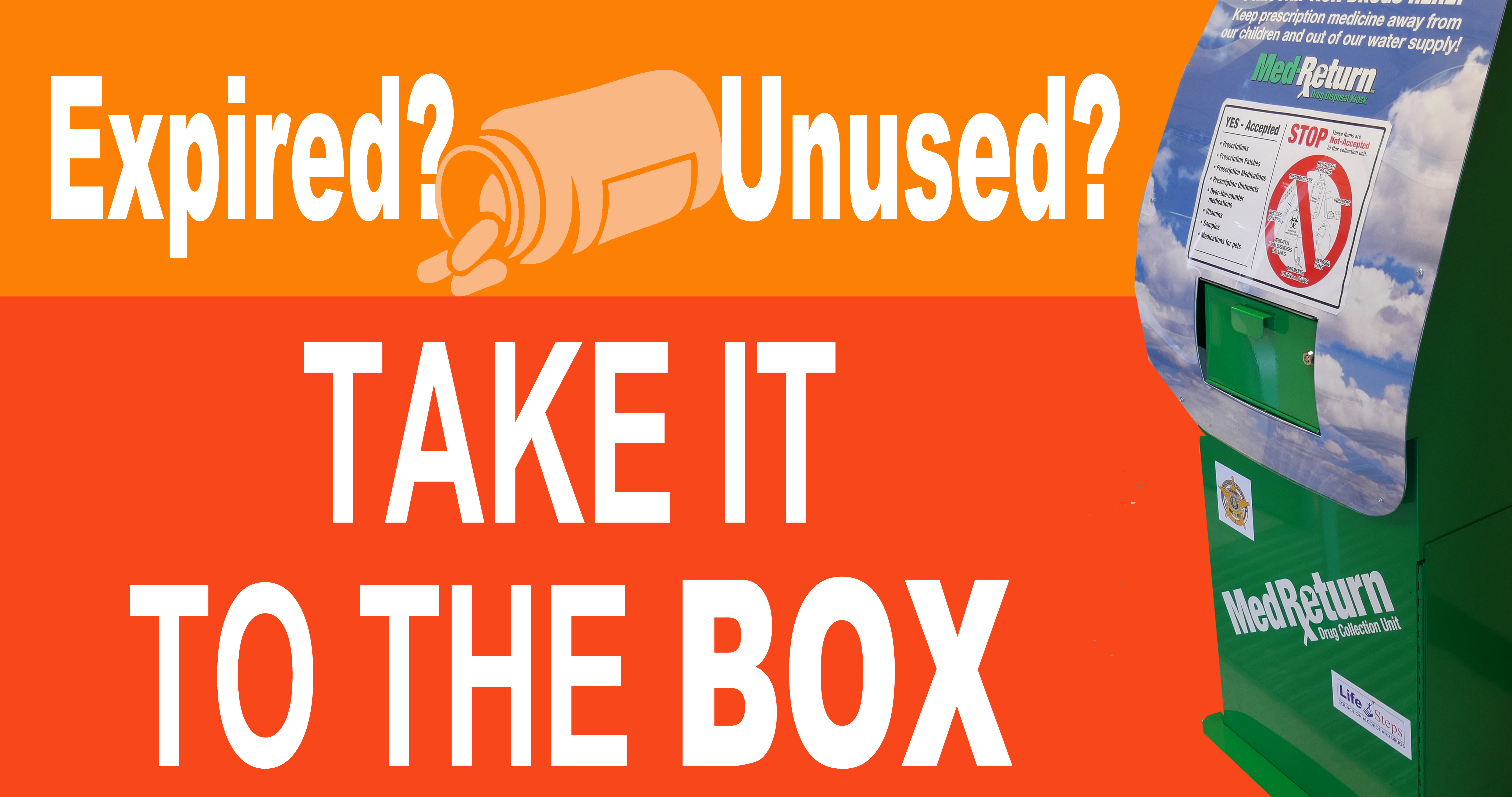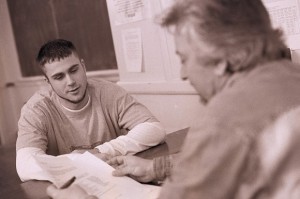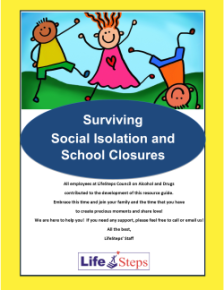LifeSteps Coalition is committed to promote safe disposal and prevent prescription misuse, addiction, and overdoses in Williamson County.
What is the problem?
Some medications have a high potential for misuse. Among those medications, opioids, commonly know as painkillers are driving this epidemic. Medications such as Hydrocodone (e.g., Vicodin), Oxycodone (e.g., OxyContin, Percocet), Fentanyl, Morphine (e.g., Kadian, Avinza) and Codeine, if abused can be harmful. Prescription medications should be taken when you need and as prescribed.
What are the reasons to dispose of unused and expired medications?
Two-thirds of teens and young adults who report the use of prescription medicine are getting it from friends, family, and acquaintances. A potential drug dealer has found a way in every household - the home medicine cabinet. See the flyer with more information here English Spanish
- Children and pets are the most common victims of accidental poisoning from medication languishing around the house.
- Flushing medications down the toilet or drain can contaminate our lakes and streams, and end up in our drinking water.
- Medications placed in the household trash can contaminate the environment and are susceptible to diversion.
Free Medication Disposal Bags
LifeSteps Coalition is providing free medication disposal bags for schools, clinics, senior living facilities, and neighborhood associations. The bags are a safe and convenient way to dispose of meds at home. You can destroy up to 90 pills or 12 oz of liquid in just a few minutes - see video below. Request free bags at coalition@lifestepscouncil.org
Free Distribution information here
PERMANENT DROP-OFF LOCATIONS
(Those locations are available year-round)
SAFE AND FREE MEDICATION DISPOSAL IN WILLIAMSON COUNTY
- Georgetown Police Dept at 3500 DB Woods, Georgetown
- Williamson County Sheriff’s Office at 508 Rock St., Georgetown (*temporarily closed due to COVID)
- Walgreen’s Pharmacy at 710 N Bell Blvd, Cedar Park, TX 78613
- CVS Pharmacy at 800 W. Old Settlers Blvd, Round Rock, TX 7868
- CVS Pharmacy at 301 Chris Kelley Blvd, Hutto, TX 78634
- CVS Pharmacy at 10550 W. Parmer Lane, Austin, TX 78717
Available year-round Monday to Friday, 8-5 pm.
(* At Walgreens and CVS locations, the drop-off boxes are available during pharmacy hours)
See flyers of locations in Williamson County English Spanish
Other options:
- National Prescription Take-Back Day. See dates and locations at www.DEA.gov
How to participate? What happens to the medications after they are dropped off?
Take-Back Day is available to the public twice a year (Spring and Fall). Place the medication you wish to dispose of in a plastic ziplock bag, and bring it to the take-back drop-off location near to you. You may leave pills in the original container and put them in a bag or box. Most of the locations offer a drive-thru option. Drive-in and handle your bag/box to the volunteers. It goes straight to a collection box. No questions asked!
All drugs collected at the Prescription Take-Back Day sites will be incinerated by the Drug Enforcement Administration (DEA).
How to dispose of medications, if you can not participate in the Take-Back Day?
You can follow the FDA guidelines
SPACE
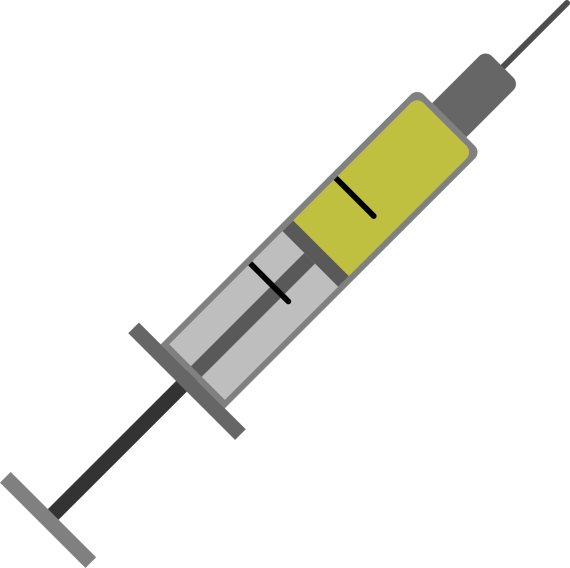 HOW TO DISPOSE OF NEEDLES, SHARPS AND SYRINGES?
HOW TO DISPOSE OF NEEDLES, SHARPS AND SYRINGES?
Needles and syringes from a household are not considered medical waste, so you can follow general disposal practices.
1) The best method is the Mail-back Program. A disposal container is available to purchase at your local pharmacy.
2) Place needles and syringes in a hard plastic or metal container with a tightly secured lid. Ex. Laundry-detergent or bleach bottles. Do not use clear plastic containers. The thicker the wall, the safer is the container. When the container is full, seal and reinforce its lid with heavy-duty tape. Label the container “syringes”, “sharps”, or “needles”.
IMPORTANT:
- Do not place the container in a recycling bin. Dispose of the sealed container in the household trash. Check your City Waste’ regulations.
- Keep out of the reach of children and pets.
- Never throw loose needles in the garbage.
For more information: www.SafeNeedleDisposal.org
SPACE
Resources related to Prescription Misuse:
http://www.lockyourmeds.org/
https://www.upandaway.org/
https://www.safekids.org/tip/medication-safety-tips
https://www.hhs.gov/opioids/
https://drugfree.org/heroin-opioid-epidemic/
https://drugfree.org/medicine-abuse-project/
What is naloxone?
Naloxone (Narcan) is the antidote to an opioid overdose. In Texas, anyone can purchase, possess and administer naloxone. 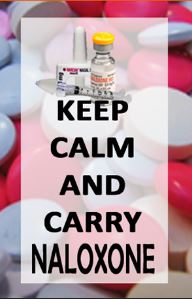
Two ways to purchase:
- Your doctor can prescribe it, and you can purchase it at your pharmacy of choice.
- A standing order is available at Walgreens and CVS pharmacies. This means that you do not need a prescription from your doctor. You can use insurance when purchasing naloxone. An out-of-pocket expense may apply. You can pay the full price if you do not have insurance or you can use a prescription discount program or app such as GoodRx. If you are told that you are unable to purchase Narcan over the counter at Walgreens or CVS, gently remind them that they have standing orders from Dr. Kowalchuck and Dr. Tirado, respectively, and to look it up in their system. Most pharmacies carry the Narcan auto-injector nasal spray. It is easy to use. If the pharmacy can not dispense it right away, you can place an order and receive it within 24 hours.
How to use naloxone?
When a person is overdosing on an opioid, breathing can slow down or stop and it can very hard to wake them from this state. Naloxone is a prescription medicine that blocks the effects of opioids and reverses an overdose, allowing the person to breathe.
Naloxone can be given by intramuscular injection or with a nasal spray device. It usually works within 3-5 minutes. Call 911 is extremely important. The naloxone wears off in 30-90 minutes.
Download ‘how to recognize and respond to an overdose’ here.
You should know…
- Naloxone only works if a person has opioids in their system, otherwise, nothing will happen.
- Anyone who uses prescribed opioids to manage pain is at-risk for an opioid overdose. It’s recommended to carry naloxone.
- Naloxone is not a controlled substance and cannot be abused.
To learn how to administer all types of naloxone, watch this video produced by OPERATION NALOXONE.
Resources related to Opioid Overdose:
http://recoveryatx.org/toni/
http://sites.utexas.edu/naloxone/

